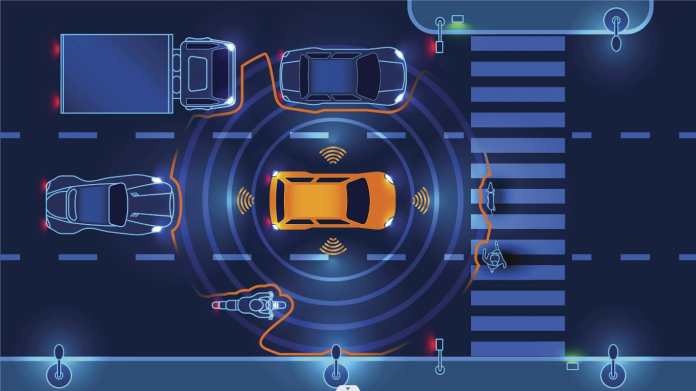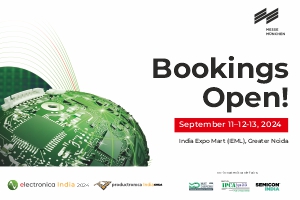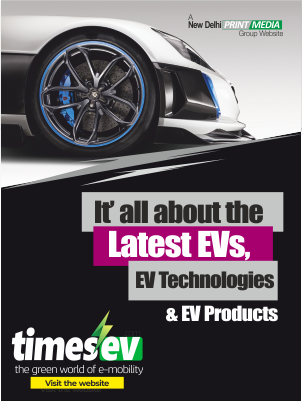Vehicle-to-Everything (V2X) communication systems and lightning-fast 5G networks are merging to usher in a new era of global mobility. We are getting closer to the promise of safer roads, autonomous driving, and intelligent traffic ecosystems as a result of this convergence, which is changing how cars interact with their surroundings. Tech pioneers like Jio, Alepo, and Keysight Technologies are at the forefront of this change, facilitating V2X implementation across many infrastructures and regions.
V2X: What Is It?
The term “vehicle-to-everything” (V2X) refers to a broad category of technologies that allow automobiles to interact with their surroundings. Networks (V2N), pedestrians (V2P), infrastructure (V2I), other vehicles (V2V), and connected devices (V2D) are all included in this. Every mode has special features that improve driver ease, traffic efficiency, and road safety.
Thanks to vehicle-to-vehicle (v2v) communication, cars can exchange vital information, including direction, speed, and braking condition. This makes collision avoidance systems and early alerts easier, especially in low-visibility situations. Vehicle-to-infrastructure (V2I) enables automobiles to communicate with traffic lights, smart city systems, and road signs. By alerting drivers about impending risks or real-time signal changes, it facilitates traffic planning.
A proactive, as opposed to reactive, transportation system is made possible by the network of intelligent contacts created by this variety of communication channels. An environment where traffic flows are optimized, accidents are reduced, and cars can operate with more autonomy is the end outcome.
The Impact of Jio on India’s V2X Market Dependency
One of India’s top telecom companies, Jio, is actively constructing a strong 5G infrastructure to support V2X in the nation going forward. Jio’s V2X platform aims to create a digital transportation environment in which cars are intelligent, networked machines that can make decisions in real time.
Jio claims that their 5G-based V2X solutions are designed to make important applications like smart traffic control, cooperative collision avoidance, and autonomous driving possible. These uses make extensive use of 5G’s ultra-low latency and high bandwidth characteristics, which enable almost immediate device-to-device communication.
Road safety is still a major concern in India, where Jio’s effort has the potential to be revolutionary. Roadside unit (RSU) deployment and network slicing for V2X services allow the platform to serve latency-sensitive applications, such as danger detection and emergency vehicle prioritising. Additionally, Jio’s efforts are in line with India’s larger goal of developing intelligent transportation systems under the framework of Digital India.
Alepo’s 5G Core: An Expandable C-V2X Backbone
Alepo’s 5G Converged Core platform introduces software-defined intelligence to the V2X space, while Jio’s focus is on connectivity and infrastructure. Alepo’s basic product is capable of managing V2X-specific subscriptions, Quality of Service (QoS) policies, and session orchestration. It also supports the cellular V2X (C-V2X) standard.
Alepo’s platform stands out by enabling two distinct C-V2X communication pathways—PC5 for direct communication and Uu for network-assisted transmission. Direct communication, which allows peer-to-peer transmission between vehicles without requiring a cellular network, usually operates in the 5.9 GHz ITS frequency. In scenarios where milliseconds count, such as platooning or high-speed highway synchronisation, this is crucial.
On the other hand, network-based communication links cars to cloud services and other organisations by leveraging the cellular infrastructure that is already in place. Alepo’s 5G core skillfully strikes a balance between these modes to guarantee uninterrupted connection in any setting.
Alepo’s system’s user equipment (UE) classification is another essential component. Vehicles and pedestrians are distinguished by the system as distinct UE kinds, each with its own QoS characteristics. This makes it possible to handle data requirements and mobility patterns in a tailored way, guaranteeing that a pedestrian warning is handled differently from a vehicle coordination signal. For a sophisticated V2X ecosystem to be supported at scale, this degree of granularity is essential.
The Testing and Validation Ecosystem of Keysight
Thorough validation is essential to the efficacy of V2X systems, and Keysight Technologies is essential in this regard. Testing for compliance and interoperability must change to keep up with the complexity of V2X devices. This need is met by Keysight’s SA8700A C-V2X Test Solution, which supports both protocol and RF testing according to 3GPP Release 14 guidelines.
Manufacturers and developers may validate their V2X devices in controlled laboratory settings thanks to this service. End-to-end simulation of real-world situations, including lane-change assistance, junction collision warnings, and emergency braking alerts, is supported. Keysight’s technologies guarantee that devices not only function but also function under stress, thanks to their comprehensive diagnostic feedback and latency measurements.
Furthermore, Keysight provides the WaveBee V2X Test and Emulation package, which is intended to replicate actual driving situations on test roads and tracks. From early development to field testing after deployment, these solutions provide ongoing validation across the product lifecycle. These testing platforms guarantee user safety, performance, and compliance as international laws tighten and safety-critical applications gain traction.
Obstacles in the Way of V2X Maturity
While the promise of V2X is vast, its full-scale deployment is hindered by several critical hurdles. Standardisation is a significant obstacle. The global automotive landscape is fragmented, with regional preferences varying between technologies like DSRC and C-V2X. To guarantee smooth communication between automobiles made by various manufacturers, these standards must be harmonised.
Privacy and security are important issues to consider. As cars are becoming data nodes, it is important to ensure private data is protected from abuse or leakage. V2X networks need to implement secure authentication methods, end-to-end encryption, and anomaly detection methods to maintain resilience and trust.
Investment in infrastructure is another issue. It is critical to densify roadside units, edge servers, and network slicing in order for V2X systems to provide the best experience. Governments and municipalities need to engage in making smart mobility infrastructure happen and, while telecom has its role through networks and infrastructure developments, the effort must come from all parties.
Conclusion: It’s Closer Than You Think
Right now, in the transportation space, parts of the ecosystem are finally being redesigned through the fusion of 5G and a new V2X communication standard. At the junction of connectivity with safer cars, smarter roads, and seamless transportation, companies like Jio, Alepo, and Keysight have already begun shaping that future.
As infrastructure continues to grow, and standardization becomes more advanced, V2X will go from a specialized innovation to an essential part of urban mobility. This technology could change everything from increasing safety by lowering traffic deaths to building networks of autonomous vehicles. The time has come for urban planners, politicians, telecom, and automotive industry players to partner up and together invest in V2X.








